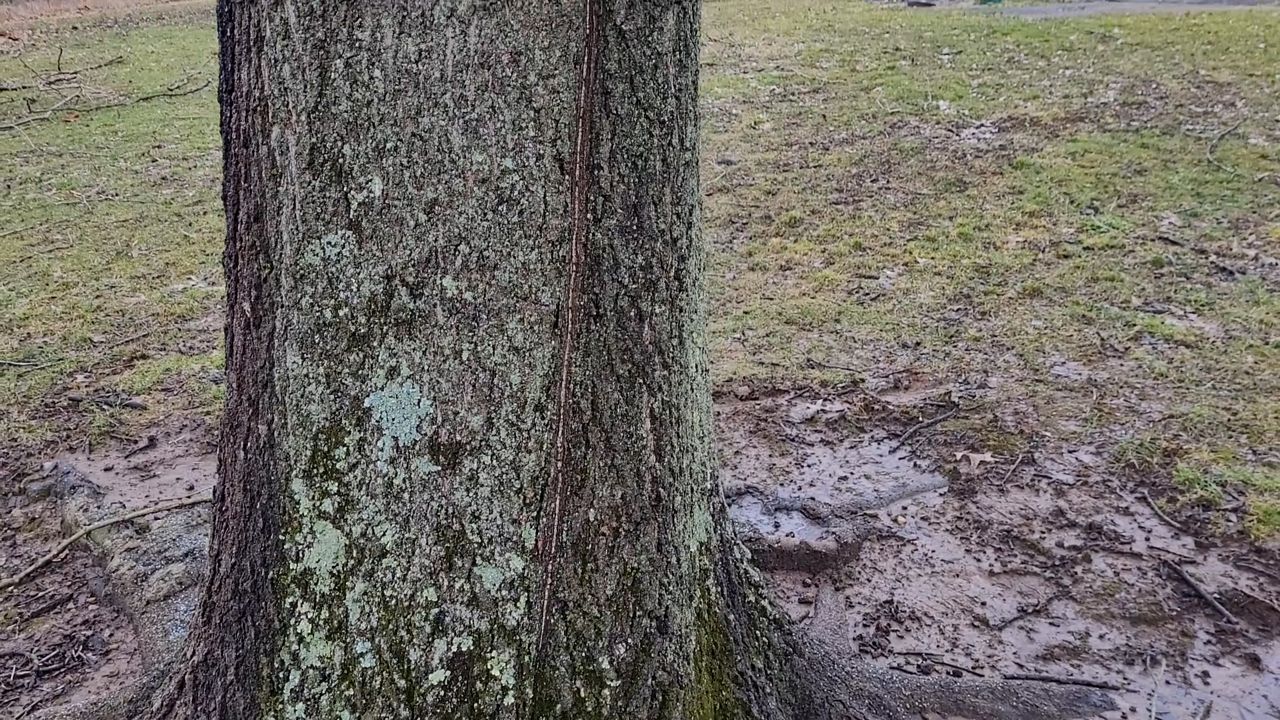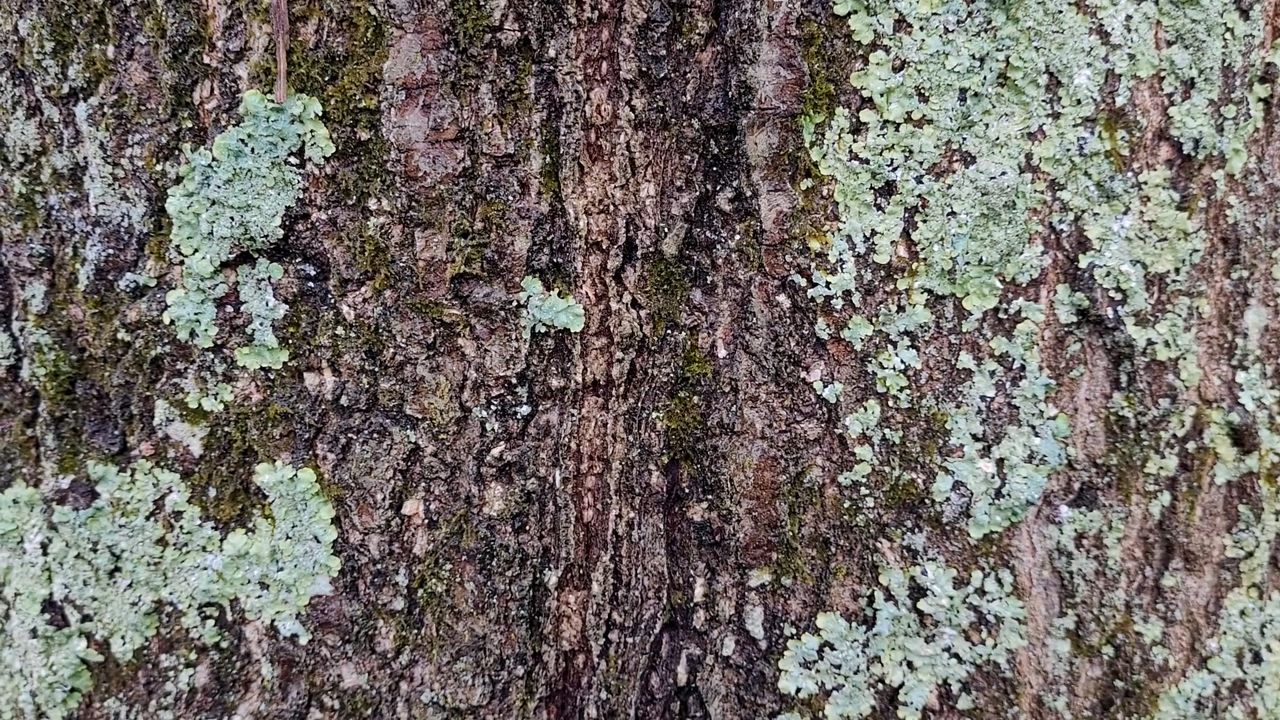OHIO — It’s March in Ohio. There are plenty of potholes on the roads, but have you ever heard of frost crack? It’s a similar concept, but in trees.
Frost cracks are vertical cracks in a tree's trunk. They occur during winter, most often when there’s a large fluctuation between daytime and nighttime templates.
Alistair Reynolds, an urban forester with the Ohio Department of Natural Resources, explained there are certain factors that lead to frost crack.

“So the first thing that’s required is a wound on the tree. Wildlife can cause it, like a deer rubbing on the tree, or by a woodpecker making a cavity, or it could be a mechanical injury such as a piece of equipment hitting the tree, or a neighboring tree falling and bumping the tree and causing a wound," Reynolds explained.
Then, the wood near the tree wound becomes more of a soft, spongy wood, as opposed to healthy, hard wood. The spongy wood can absorb water, and when water from precipitation creeps in and freezes, it expands. That can cause the tree to crack.
When frost crack occurs, it can make a startling sound. If you’re hiking and hear it, you may mistake it for a rifle shot.
“It can make a lot of noise. If it happens very quickly; it will make a crack noise, and it’s quite loud, and everybody will hear it and probably look around and not see what caused it,” said Reynolds.

Trees can heal on their own after experiencing frost crack. They typically develop a callus-like tissue, and after several years, you usually can’t even tell there was once a crack.
If a tree in your yard experiences frost crack and it’s on the more severe side, contact a certified arborist. Treesaregood.org is a good resource to find one near you. Sometimes, they’ll put a rod through the tree and bolt it to prevent further splitting.
For more information about frost crack, you can visit OhioDNR.gov.



